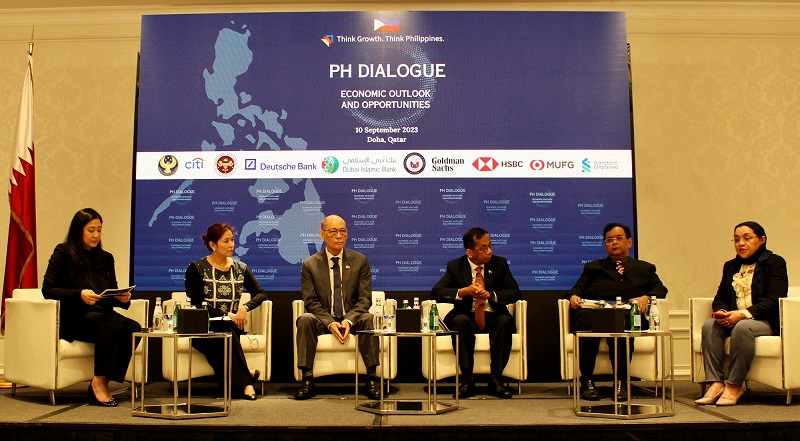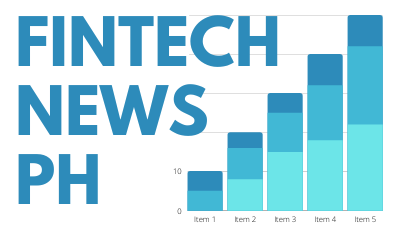In a recent dialogue with the country’s top economic managers held at Doha in Qatar last September 10, entitled “PH Dialogue: Economic Outlook and Opportunities,” the Bangko Sentral ng Pilipinas (BSP) underscored its readiness to safeguard the national government’s inflation target.
According to BSP Deputy Governor Francisco G. Dakila, Jr., the average inflation for 2023 is projected to settle at 5.6 percent, 3.3 percent in 2024, and 3.4 percent in 2025.

Photo shows BSP Deputy Governor Francisco G. Dakila, Jr. (5th from left) and Assistant Governor Arifa A. Ala (far right) while joining the economic team at the PH Dialogue Economic Outlook and Opportunities held in Doha, Qatar. Joining them are (from left:) DBM Undersecretary Margaux Marie V. Salcedo, DBM Secretary Amenah F. Pangandaman, Finance Secretary Benjamin E. Diokno, and NEDA Secretary Arsenio M. Balisacan.
The central bank employs various tools to respond to inflation pressures.
Among these are raising the Target Reverse Repurchase (RRP) Rate (formerly referred to as the interest rate on the overnight RRP facility) by 425 basis points since May 2022 and communicating its forward guidance to the market.
The BSP also highlighted investment opportunities in the Philippine Islamic banking and finance sector, which underscores risk-sharing and prohibits the charging of interest consistent with the principles of Shari’ah.
BSP Assistant Governor Arifa A. Ala emphasized that Islamic banking and finance support financial inclusion and broaden financing options for both Muslim and non-Muslim Filipinos.
Speakers at the PH Dialogue in Doha included Philippine Ambassador to Qatar Lillibeth V. Pono, Finance Secretary Benjamin E. Diokno, Budget and Management Secretary Amenah F. Pangandaman, National Economic and Development Authority Secretary Arsenio M. Balisacan, HSBC Philippines President and Chief Executive Officer (CEO) Sandeep Uppal, and Standard Chartered Bank Philippines Interim CEO Rowena R. Kapunan.
Discussions during the “PH Dialogue in Doha” covered the investment prospects in the Philippines, updates on the economy, the government’s spending priorities, fiscal and infrastructure programs, and the recent reforms that further opened the economy to foreign investors.
